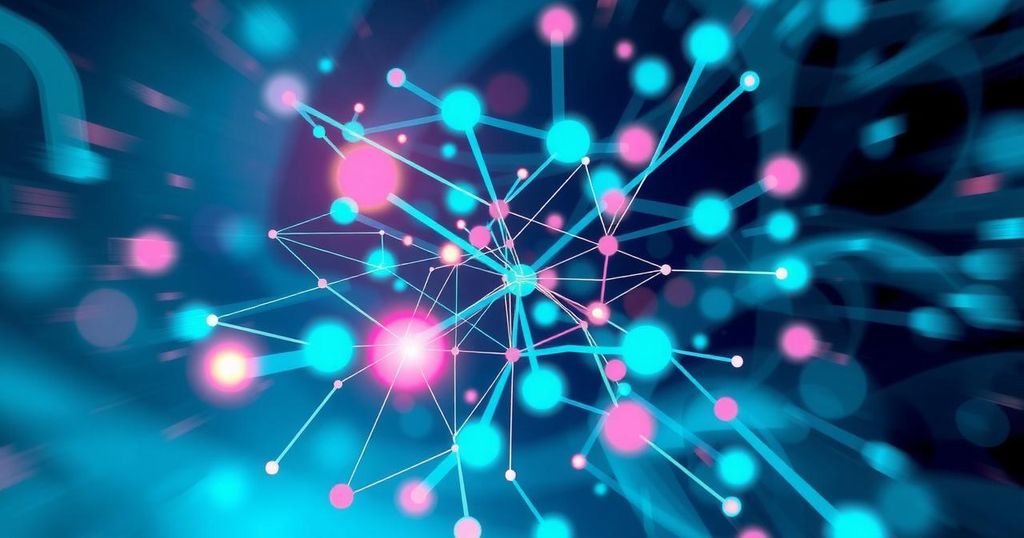Study Reveals AI Struggles with Understanding Human Social Interactions
A Johns Hopkins study indicates humans outperform AI in interpreting social interactions, crucial for technologies like self-driving cars. Researchers found that AI models struggled to recognize human intentions and dynamic social cues, highlighting significant limitations in their understanding. As AI continues to evolve, the gap between human perception and AI understanding of social interactions remains evident.
A recent study from Johns Hopkins University throws a spotlight on the distinct edge humans have over artificial intelligence when it comes to understanding social interactions. This is particularly crucial for applications like self-driving cars and assistive robots—technologies that heavily rely on interpreting human behavior in real time.
The crux of the issue? Current AI systems seem to fumble with deciphering human intentions. For instance, they struggle to determine if a pedestrian is about to step off the curb or if two individuals are having a chat. Researchers propose that the root of the problem lies in the architecture of AI itself, which appears not well-equipped to grasp the nuances of social dynamics.
To explore this, the researchers asked human participants to watch short video clips showing various interactions—everything from casual side-by-side activities to more engaged conversations. The participants rated their understanding of the social exchanges depicted within these short clips.
Following that, testers put over 350 AI models through their paces—from language processors to video and image analysis tools. The goal was to see how well these models predicted human interpretations of social situations and how they might align with brain activity. In the case of large language models, for example, they examined human-generated captions to evaluate AI’s grasp on social cues.
The results were telling; while human observers generally agreed on interpretations of social interactions, AI models consistently fell short, irrespective of training data or model complexity. Video AI struggled outright in articulating actions, while even still-frame analyses by image AI couldn’t reliably pinpoint moments of communication. Interestingly, language models performed somewhat better in predicting behaviors, but they still missed deeper nuances, especially when video models excelled at gauging brain responses during the clips.
This research unveils a glaring gap in AI’s comprehension of dynamic social engagement. Scientists suspect the limitation is tied to the very framework of AI, mirroring a part of the human brain that processes still images rather than the areas needed for understanding the flow of social interactions. It ultimately underscores that today’s AI cannot yet replicate the instinctive ways that humans perceive and react to social cues in real time.
In essence, this study from Johns Hopkins University paints a stark contrast between human and AI capabilities in understanding social interactions. While AI models have made strides in language processing and static image analysis, they fall short in capturing the dynamic nature of human interactions. This research emphasizes how critical these social perception skills are, especially as we develop AI-driven technologies like self-driving cars and assistive robots. The road ahead for AI in understanding human social dynamics remains quite long and challenging.
Original Source: www.techexplorist.com




Post Comment